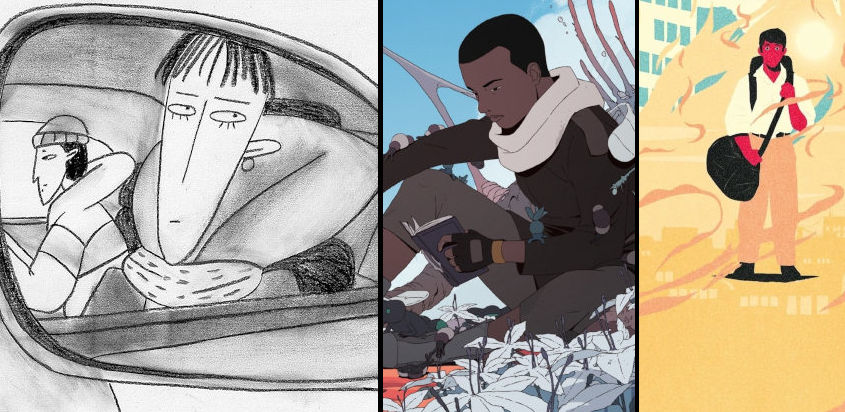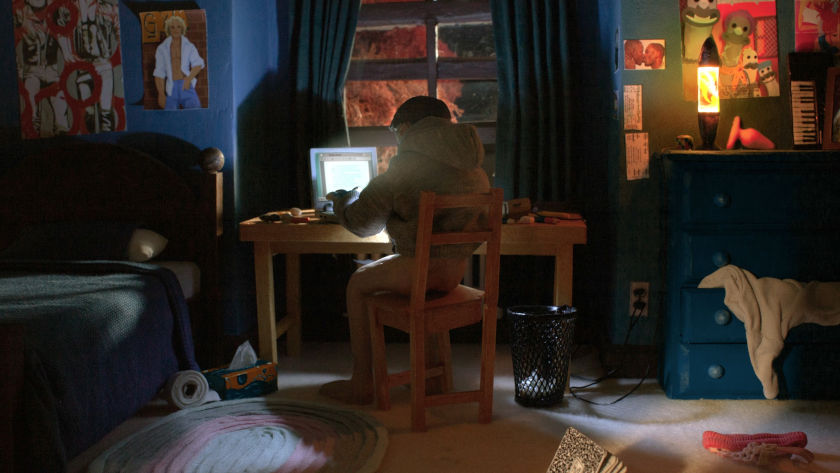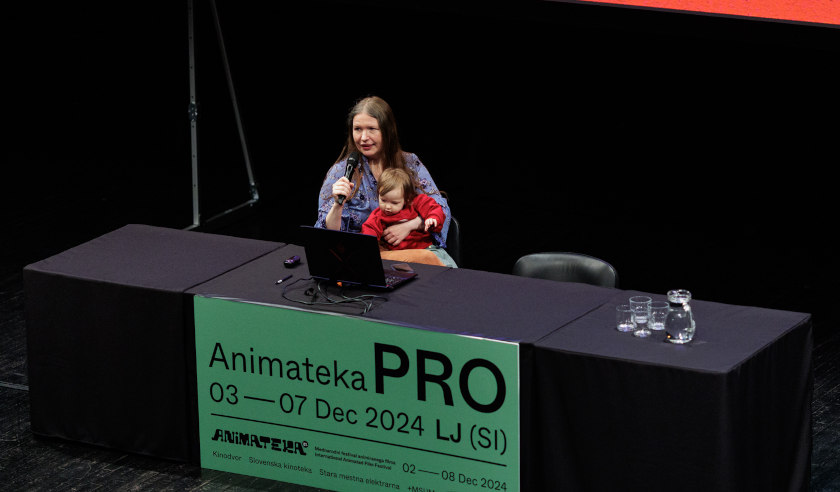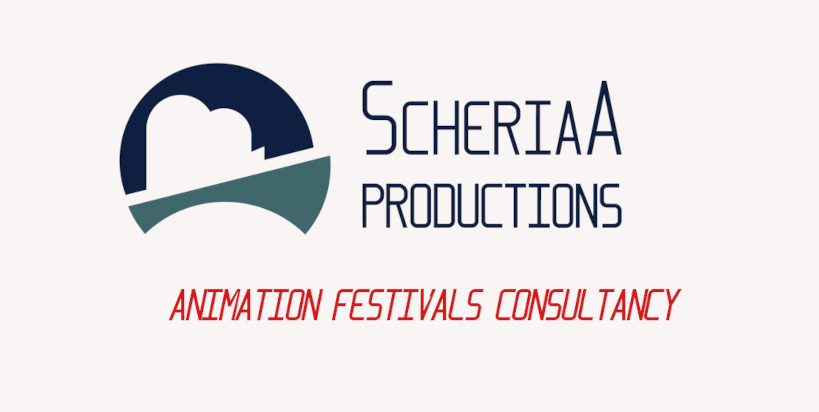Abstract and Non-Narrative Animation Competition II at Anifilm 2023 (GoCritic! Review)
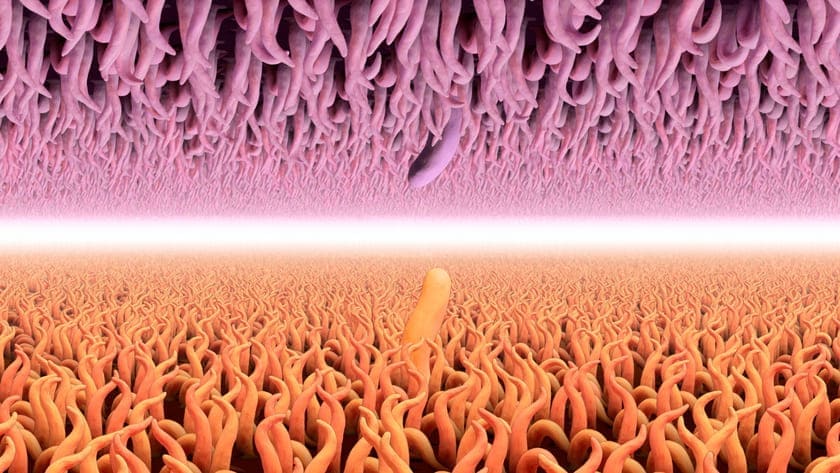
The winning film 'Sliver Cave' depicts the relationship between the artist, artwork, and spectator as a hunt. The Anifilm 2023 Abstract and Non-Narrative Animation competition was split into two programmes this year, and the winning film 'Sliver Cave' was at the heart of a strong selection, taking us back to the idea of cinema as a play on Plato’s Cave.
In film theory, it’s often argued that the modern screening originates in Plato’s Allegory of the Cave, where the universe as it was perceived through shadow-play by a fireplace was actually a reflection of the eternal ideas existing somewhere in the world. Many films in this year’s Anifilm Abstract and Non-Narrative Animation competition played with these notions.
It was a strong line-up, split into two halves, and Programme B, which we’re examining here, included some of the genre's boldest and most abstract examples. 'Sliver Cave' by Chinese animator Caibei Cai, who also won the 2019 competition and was rewarded again this year, was the jewel of this selection. In her highly original and thoughtful film, Cai compares the creative process to a successful hunt, which proves to be a helpful metaphor.
Maybe it wasn’t so much Plato’s cave that inspired her, but the dark, prehistoric caves where Stone Age people might imagine that the animals they’d painted onto the walls came alive in the firelight, believing them magically connected to the real world.
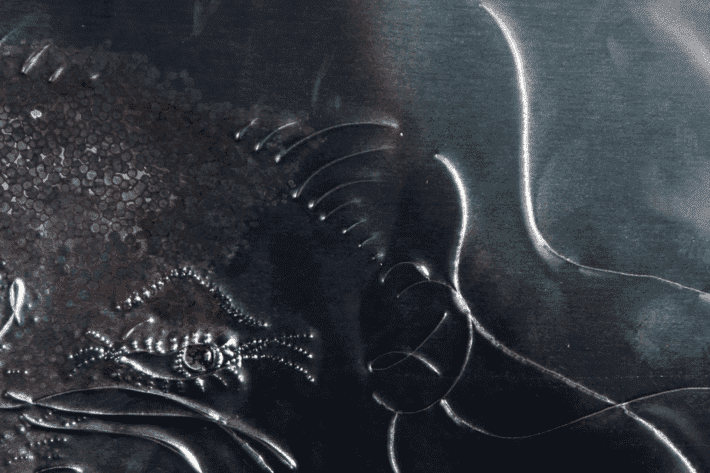 Sliver Cave by Caibei Cai
Sliver Cave by Caibei Cai
By using a mix of animation and cinematic techniques, Cai offers up a smartly condensed and extremely fruitful parabola of the creative process. Inscribing her drawings onto a hard material, she tames the source of her art and makes time stand still for a moment. This fossilization of time liberates the material, allowing it to become an artwork capable of capturing the audience’s attention. The hunter and the prey are constantly changing places here, and 'Sliver Cave' becomes a double-sided mirror, reflecting both the artist and the world around the artwork.
The Anifilm 2023 Abstract and Non-Narrative Animation line-up showcased dozens of similarly innovative techniques and aesthetics, which lend abstraction a voice and allow it to reflect on different subjects, as well as on the materiality and media of animation as a whole.
Programme B started with an instruction of sorts, which worked as a handbook to the curator’s choices. In 'Assembly', American animator Kyle Brooks takes visual inspiration from the pictures in IKEA furniture manuals. Resembling the REM visions of someone who’s been wrestling with the manual all day, with its many screws and other components, this short 2D animation might also be seen as a play on Plato’s Allegory of the Cave.
Besides these classic techniques, many films also used AI technologies which might be seen as a new version of the cave’s shadow-play. In Robert Seidel’s (Germany) dynamic work 'Hysteresis', for example, images of the queer performer’s choreography are analyzed by AI and re-projected in real time onto the performer’s body. This creates dense feedback loops, showing how machine learning is still not capable of creating comprehensible images.
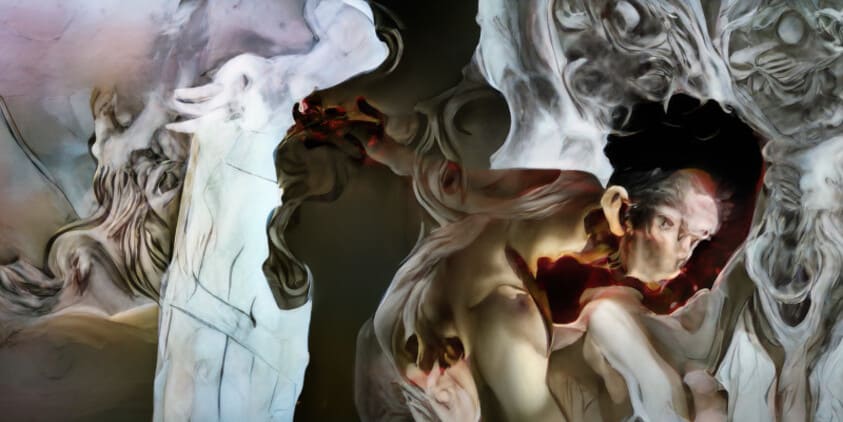 Hysteresis by Robert Seidel
Hysteresis by Robert Seidel
AI-generated imagery is also used in Joel Benjamin’s (USA) slightly absurd 'Family Vacation Photos' and in Laen Sanches’ (France) cutie-horror film 'PLSTC'. The former is a combination of neural-network design and stop-motion animation, where interchangeable places, faces and objects tend to reveal one of the fundamental properties of human memory — the displacement of certain details — along with the uncertainty of truth as a side effect of AI technology in general. The latter takes a harsher approach, confronting us with the ambiguity of the natural and the artificial, puppet-like cuteness and creepy realism. In this sense, we can vividly imagine the devastating consequences of plastic pollution on marine life.
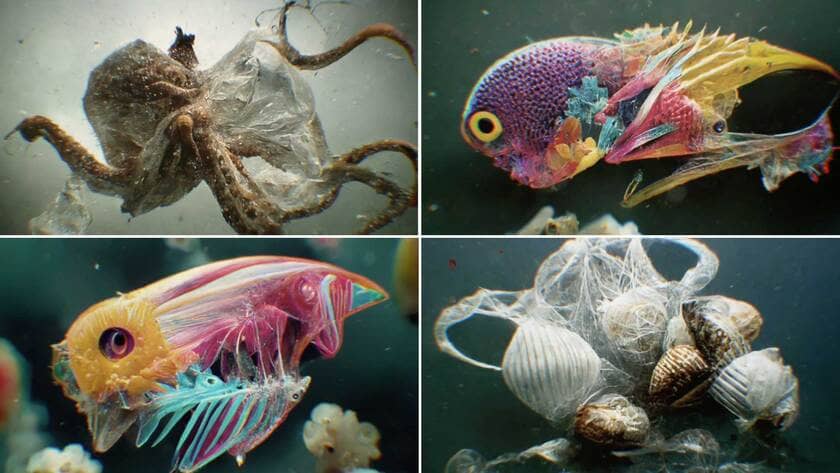 PLSTC by Laen Sanches
PLSTC by Laen Sanches
Environmental concerns pop up again in the rural poetics of 'Cadence' by Kayla Parker and Stuart Moore from the UK. This animated herbarium of common wayside flowers, gathered during walks along the shores of the Laira estuary, doesn’t only remind us of Stan Brakhage’s classic movie 'Mothlight' (1963) in terms of its technique, but it also conveys the same sense of fragility vis-à-vis this natural spot, as seen through the magnifying eye.
In contrast to this viewpoint, Portuguese animator Vitor Hugo Rocha offers a quick look at natural processes from the other side of the spyglass. In the two minutes and forty-three seconds of 'Troada', we witness a full cycle of spring, summer, autumn and winter, whose motifs and moods interweave in an accelerating, black-and-white, ink-drawn whirlwind. It’s a poetic illustration of abstract animation’s genuine ability to express complex processes, ideas, and emotional states in just a few strokes. And in contrast to this minimalistic approach, the dynamic changes of an emotional landscape as seen throughout one day are expressed in the sensual work 'EO DE ME' by FAMU student Viktorie Štěpánová (Czech Republic), who juxtaposes all sorts of city surfaces and animation techniques on the basis of visual rhythm.
Obviously, the feel of the material is related in the most natural way possible to sensuality. Modelling clay plus 3D CGI? This is most definitely a powerful approach for offering up a haptic impression of a romantic encounter! Especially when we’re looking at a rendezvous of two tentacled creatures in the erotic abstraction 'Heave' by Timothée Sarran from France. And even a technical characteristic of celluloid film such as perforation can result in a passionate piece of choreography, as demonstrated by the short film 'Perf Dance', made in the style of 16mm avant-garde cinema, by renowned Canadian filmmaker Steven Woloshen.
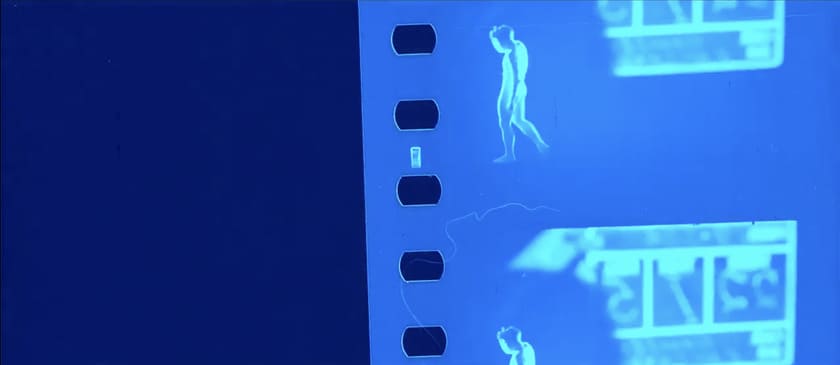 Perf Dance by Steven Woloshen
Perf Dance by Steven Woloshen
Purely for its ability to stand out from the crowd, we can’t help but mention the critical visual essay 'Woman as Image, Man as Bearer of the Look', which Colombian artist Carlos Velandia pieced together using hundreds of found footage clips from classic Hollywood movies, showing body parts of female actresses who morph into one another. “Fragmented pieces of a woman come together and form the basis of what has been her image in the history of cinema – one marked by routine domination and exploitation of her body”, reads the annotation accompanying the film, which is probably the best adaptation of Laura Mulvey’s milestone feminist film theory paper, “Visual pleasure and narrative cinema”. This reflection on female representation takes us back to where we started — Plato’s concept of an Idea, this time translated into a stroboscopic stream of seductive poses, gestures and smiles. In this sense, we might ask ourselves what kind of an Idea lies behind the standardisation of female representation.
Finally, a psychedelic reminder of the nature of quarantine under Covid-19, 'Lockdown Dreamscapes' by Nicolas Gebbe (Germany), suitably rounds off the programme’s diverse exploration of materiality. The film probes the idea that days spent at home during Covid lockdowns resulted in people losing their sense of time and space: walls expand and move, and an assemblage of domestic objects falls apart and morphs into other realms. Everything seems to repeat itself endlessly in a dreamlike state. These 3D images of molten and stretched apartment interiors take us full circle from assembling the matter in Programme B’s first film, 'Assembly', to its ultimate fragmentation. We also go from embodying the Idea to critically revising it. And this — as we find out — can be achieved by liberating materials and materiality in a variety of artistic ways.
Anifilm International Festival of Animated Films took place 2-7 May 2023 in Liberec, Czech Republic
(central image: Heave by Timothée Sarran)
Contributed by: Katerina Beloglazova





